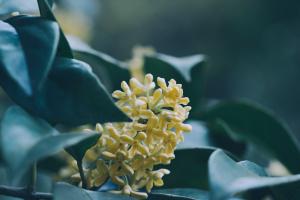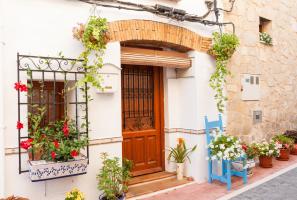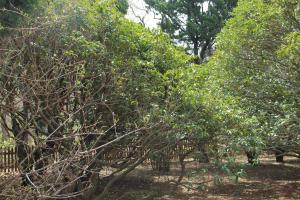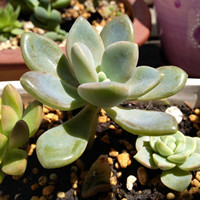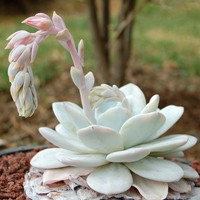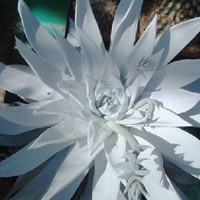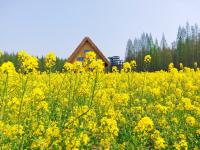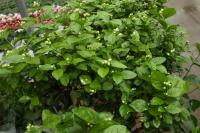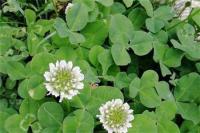Different aroma
The aroma of Osmanthus fragrans is very strong. Among the common Osmanthus fragrans, the aroma of Osmanthus fragrans is the strongest. The aroma of four seasons osmanthus is slightly fresh and elegant. This is the obvious difference between Jingui and sijigui.
Different designs and colors
The flower color of Osmanthus fragrans is a transition from lemon yellow to golden yellow, while the flowers of Osmanthus fragrans are slightly white, even yellow is particularly light. In this way, the four seasons osmanthus and golden osmanthus can be simply distinguished from the flower color.
Different leaf morphology
The leaves of Osmanthus fragrans are relatively thick and the color of the leaves is also relatively dark. They are dark green and have a strong sense of luster. The leaves of Osmanthus fragrans are oval and have raised mesophylls above the leaf surface, which looks uneven. The edges of Osmanthus fragrans are serrated, the front end of the leaves is pointed, and the upper part of the leaves is dark green and the lower part is light green.
Different florescence
The flowering period of Osmanthus fragrans is from late September to early October. The first flowering is a little more fragrant than that in the future. The four seasons osmanthus blooms all year round, and a small number of flowers bloom in each season. Of course, it blooms most in autumn.
Different habits
Osmanthus fragrans has strong adaptability and is suitable for planting in cool places. Osmanthus fragrans is resistant to Yin. Four seasons osmanthus is suitable for growing in places with relatively sufficient sunshine, warm and humid climate. Sijigui is very cold resistant. If there is no severe cold wave in winter, it can generally spend the winter in the open.
Different value
Osmanthus fragrans is beautiful and growing well. In addition, Osmanthus fragrans has deep color, strong aroma and dense flowers, so it is mainly used for ornamental cultivation. Of course, osmanthus can also be used to extract aromatic oil, and its flowers and roots can also be used as medicine. Sijigui has certain resistance to some harmful objects, so it is suitable to be planted as a greening tree in the garden, or on both sides of the road, lawn or courtyard.
After reading the above introduction, I believe that flower friends can easily distinguish between sijigui and Jingui!

 jackfruit
jackfruit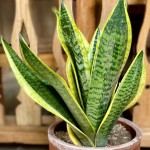 snake plant
snake plant hibiscus
hibiscus hydrangea
hydrangea lavender
lavender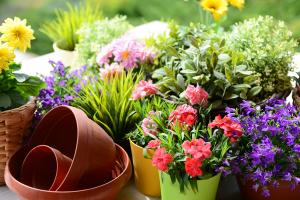 Green roses climb al...
Green roses climb al... If you don't pay att...
If you don't pay att...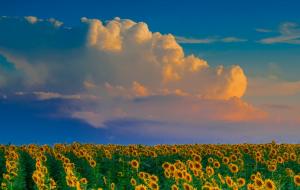 Management of four g...
Management of four g...

